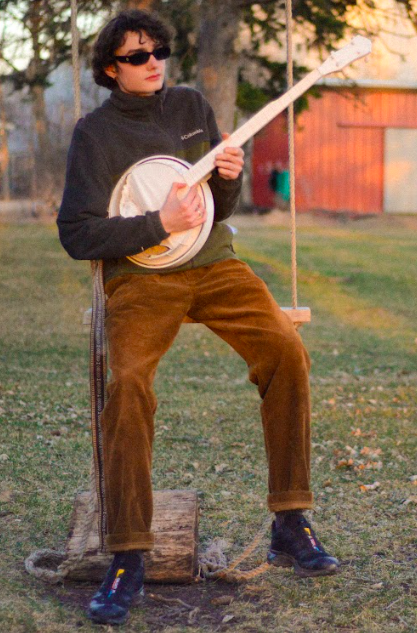Each winter, Carleton students flock to the ice to play broomball like moths flock to a sticky puddle of poisonous honey. Despite being a quintessentially Minnesotan game, broomball lacks the quality of Minnesota nice: on the ice, it is every broomball team for themselves. This sets up intramural broomball to be a high stakes competition where every point matters and every moment must be maximized for optimal playing strategy.
The Carletonian decided that if this game is the core of the Carleton identity, then it is essential for students to understand it. And, given the extent to which one’s honor on campus is tied to one’s broomball skills, I set out to observe broomball to learn which strategies work and which lead to teams slipping in the rankings and on the ice. Here is what I have learned through extensive research, including analyzing player statistics, interviewing experts, observing games and consulting physics professors about speed on ice.
The truth is, I tried and tried to find a way to calculate how to win at broomball. There are averages, of course, but the truth is, the key factor isn’t one that can be measured in classic sports analytics.
Broomball games are divided into two 15 minute quarters, between which teams switch sides. Players can be interchanged at will, at any point in the game. Each team has six players, and Carleton requires helmets to be worn (a rule seldom followed, particularly by men with excessive hubris).
The most important statistic in broomball are RBIs: rolling-balls broomballed in. The average RBI at Carleton is .057, making this an easy statistic to improve. RBIs over .300 is considered excellent: these players are often considered the most valuable on their team. RBI is calculated by comparing the rate at which a player scores to the rate at which they have an opportunity to score, which avoids giving too much advantage to offensive players.
The key to winning, however, touted by certain teams, becomes a bit more aggressive. Unwilling to stick to the boring statistics of RBIs, these players choose a more pared-back approach. Nothing encapsulates the spirit of broomball better than the full-contact strikeout — a maneuver that bears a close resemblance to those seen in the Super Bowl. When relying on this method, players intentionally knock each other over, hoping to gain points as the opposing team recovers and helps their fallen player. Injury rates are high, but scoring rates are higher, making this a popular method, particularly for men at Carleton who find themselves unable to score points otherwise.
Rankings are calculated such that full-contact strikeouts have a disproportionate impact on a player’s statistics, leading to many criticisms that the game is growing more dangerous and less fun. Other players disagree, arguing that it has increased excitement around broomball.
“As a man, I find it hard to get girls to come near me,” explained one player. “Tackling people in broomball makes it so much more fun. I get to knock people over and score points from doing that? Sign me up!”
Debates over the ranking system continue, but one thing is clear: all involved players feel strongly about their chosen methods. SHAC has endorsed excluding tackling from rankings, while many players of contact sports have lobbied for its inclusion.
An unexpected endorsement of tackling came from Carleton alumni, who found that broomball was what allowed them to find love on campus.
“I was walking by the ice rinks one night after spending hours in Anderson and that’s when I saw him,” someone from the class of 2023 said. “In the midst of a broomball game, I saw a player lunge at someone who seemed close to getting the ball. The other team’s player fell over and broke their nose or something, but I couldn’t take my eyes off of the scoring player.”
When asked to elaborate on what drew their attention, the player finally shed light on why alumni support promoting broomball as a full contact sport.
“Watching the guy take advantage of the other team’s concern for their friend to score a point for his team showed me how kind and caring he is,” she explained. “I’ve never seen anything sexier than that kind of sportsmanship. I would’ve married him on the spot.”
While they were not married on the spot, the two students celebrated their first anniversary last year. Their wedding’s theme? Broomball.
Regardless of how the ranking system works out, this will be an exciting year for broomball players (and perhaps for doctors who treat ice-related injuries).










